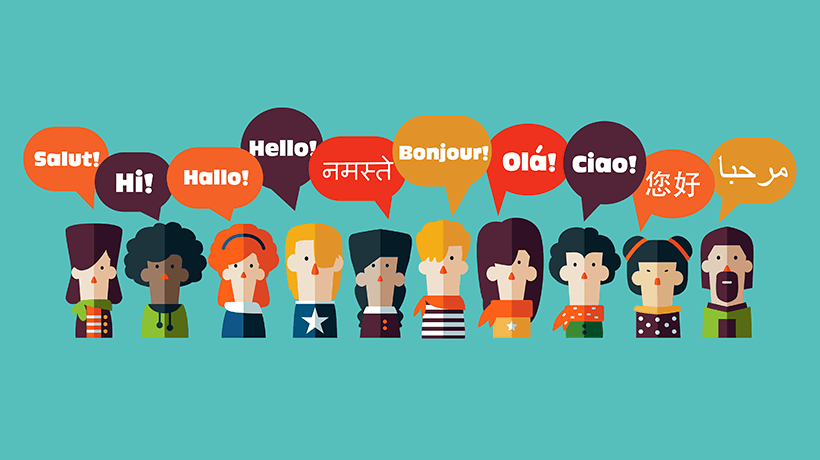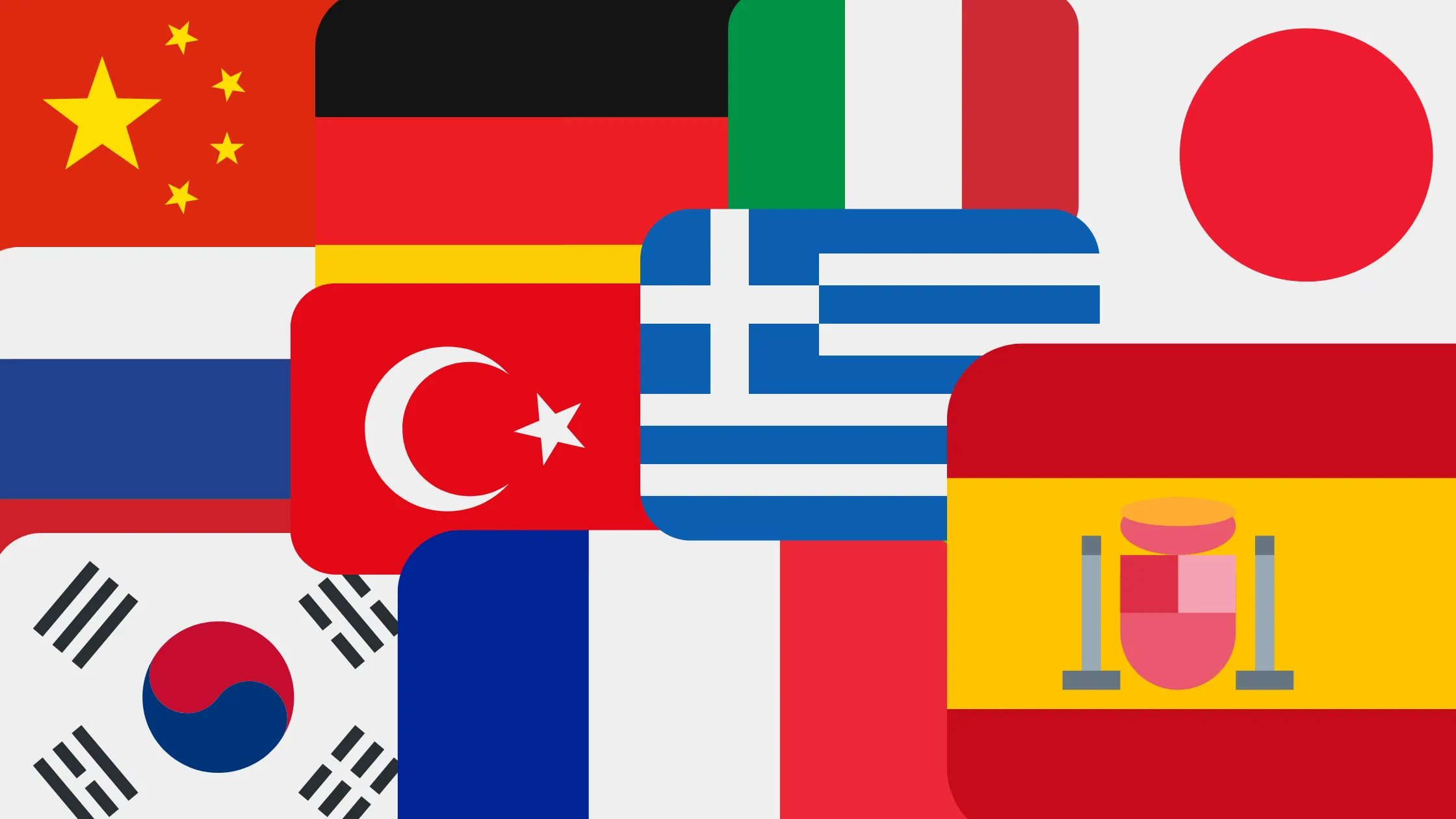The Power of Duolingo: How to Make Language Learning Fun and Effective
How to learn languages with Duolingo? To learn languages with Duolingo, consistently practice daily, engage with diverse exercises, including listening, speaking, reading, and writing, and track your progress through its interactive platform.
I have always been fascinated by the power of language. It is not just a means of communication, but also a gateway to new cultures and perspectives. Learning a new language opens up a world of opportunities, both personally and professionally. The benefits are numerous – improved cognitive function, enhanced memory, increased cultural understanding, and even better problem-solving skills.
Key Takeaways
- Language learning is important for personal and professional growth.
- Duolingo is a revolutionary language learning app that has gained popularity due to its effectiveness and fun approach.
- Duolingo uses gamification to make learning enjoyable and personalized to the user’s learning style.
- The app also promotes social learning through its community feature.
- Duolingo is making a global impact by providing language learning opportunities to people around the world.
The Rise of Duolingo: A Revolutionary Language Learning App
When it comes to language learning apps, Duolingo has taken the world by storm. It has become one of the most popular platforms for people looking to learn a new language in an interactive and engaging way. What started as a small project by Luis von Ahn and Severin Hacker in 2011 has now grown into an app with over 300 million users worldwide.
The success story behind Duolingo is truly remarkable. Initially launched as a free app with limited features, it quickly gained popularity due to its user-friendly interface and effective teaching methods. Over time, the app evolved to include more languages and advanced features such as speaking exercises and chatbots that simulate real-life conversations.
The Science Behind Duolingo: How It Makes Learning Fun and Effective
Duolingo’s approach to language learning is backed by extensive research in cognitive science and educational psychology. One key aspect is spaced repetition – the idea that reviewing information at regular intervals helps reinforce learning over time. This technique ensures that users retain what they have learned without feeling overwhelmed.
Immediate feedback is another crucial element in Duolingo’s methodology. When users make mistakes or struggle with certain concepts, they receive instant feedback that helps them understand their errors and correct them effectively.
Gamification: The Key to Duolingo’s Success
| Metrics | Data |
|---|---|
| Number of Duolingo users | Over 300 million |
| Number of languages offered on Duolingo | 40+ |
| Percentage of Duolingo users who complete a course | Approximately 5% |
| Number of XP points needed to complete a Duolingo course | Between 30,000 and 50,000 |
| Number of Duolingo employees | Over 400 |
| Number of Duolingo courses completed daily | Over 30 million |
| Number of Duolingo courses completed since launch | Over 2 billion |
One of the reasons why Duolingo stands out from other language learning apps is its clever use of gamification techniques. By incorporating game-like features, such as leveling up, earning virtual currency, and completing challenges, Duolingo makes language learning more engaging and enjoyable.
For example, users can earn lingots (Duolingo’s virtual currency) by completing lessons or maintaining a streak of consecutive days of practice. These lingots can then be used to unlock bonus content or purchase fun cosmetic items for their avatar. This gamified approach not only motivates users to continue learning but also creates a sense of achievement and progress.
Personalization: How Duolingo Adapts to Your Learning Style
One of the most impressive aspects of Duolingo is its ability to personalize the learning experience for each user. The app collects data on user performance and behavior to create a customized curriculum that adapts to individual strengths and weaknesses.
For instance, if a user consistently struggles with verb conjugations, Duolingo will provide additional exercises targeting that specific area until mastery is achieved. This personalized approach ensures that users are constantly challenged at their own pace while focusing on areas where improvement is needed the most.
Social Learning: The Power of Community in Language Learning
Duolingo understands that language learning is not just an individual endeavor but also a social one. That’s why they have incorporated community features into the app that allow users to interact with each other and learn from one another’s experiences.
The forums feature enables users to ask questions, seek clarification on grammar rules or vocabulary usage, and even share personal anecdotes related to language learning. Additionally, leaderboards foster healthy competition among learners by showcasing top performers based on XP (experience points) earned through completing lessons.
Duolingo for Schools: Bringing Language Learning to the Classroom
Recognizing the potential impact of their platform in educational settings, Duolingo launched “Duolingo for Schools” – an initiative aimed at bringing language learning into classrooms around the world. With this program, teachers can create virtual classrooms, assign lessons, and track their students’ progress.
The benefits of using Duolingo in a classroom setting are numerous. It allows for individualized learning while providing teachers with valuable insights into each student’s performance. Moreover, the gamified nature of the app makes it more appealing to students and encourages active participation.
Beyond Language Learning: How Duolingo is Making a Global Impact
Duolingo’s impact extends beyond language learning itself. By breaking down language barriers and promoting cultural understanding, the app is fostering connections between people from different parts of the world.
For example, I once had a friend who used Duolingo to learn Spanish before embarking on a trip to South America. During her travels, she was able to communicate with locals in their native language and truly immerse herself in the local culture. This not only enhanced her travel experience but also allowed her to form meaningful connections with people she met along the way.
Tips and Tricks for Maximizing Your Duolingo Experience
To get the most out of your Duolingo experience, here are some practical tips:
1. Set realistic goals: Start with small achievable goals that you can build upon over time.
2. Practice regularly: Consistency is key when it comes to language learning.
3. Use all available features: Explore all aspects of the app – from speaking exercises to chatbots – to maximize your learning potential.
4.Stay motivated: Find ways to keep yourself motivated such as competing against friends or rewarding yourself for reaching milestones.
5.Supplement with other resources: While Duolingo is an excellent tool, consider using additional resources like textbooks or online courses for a well-rounded learning experience.
Duolingo vs.Traditional Language Learning Methods: Which is Better?
When comparing Duolingo with traditional language learning methods such as textbooks or classes, both approaches have their pros and cons.
Duolingo offers a more flexible and accessible learning experience. It allows users to learn at their own pace, anytime and anywhere. The gamified nature of the app also makes it more engaging, especially for those who find traditional methods dull or uninspiring.
On the other hand, traditional methods provide a structured curriculum and often offer opportunities for face-to-face interaction with teachers and fellow learners. They may also be more effective for individuals who prefer a classroom setting or require personalized guidance.
Ultimately, the choice between Duolingo and traditional methods depends on individual preferences, learning style, and specific language learning goals.
The Future of Language Learning with Duolingo
In conclusion, Duolingo has revolutionized language learning by combining effective teaching techniques with gamification elements. Its success can be attributed to its ability to make language learning fun, personalized, and accessible to millions of people worldwide.
As technology continues to advance, we can expect Duolingo to further innovate in the field of language education. With ongoing research in cognitive science and data-driven personalization techniques, the app has the potential to continue transforming how we learn languages in the future.
So whether you’re looking to expand your horizons or enhance your career prospects through language learning – give Duolingo a try! With its user-friendly interface, engaging features,and proven effectiveness,it’s no wonder why it has become one of the most popular language learning apps in the world today.
FAQs
What is Duolingo?
Duolingo is a language-learning platform that offers courses in over 40 languages. It is available as a mobile app and a website and uses gamification to make language learning fun and effective.
How does Duolingo work?
Duolingo uses a combination of listening, speaking, reading, and writing exercises to teach users a new language. The platform uses gamification techniques such as points, badges, and leaderboards to motivate users to continue learning.
Is Duolingo effective for language learning?
Studies have shown that Duolingo can be an effective tool for language learning, especially for beginners. However, it is important to note that Duolingo should be used as a supplement to other language-learning methods and not as a replacement for immersion or conversation practice.
Is Duolingo free?
Yes, Duolingo is free to use. However, there is a paid version called Duolingo Plus that offers additional features such as ad-free learning and offline access.
What languages are available on Duolingo?
Duolingo offers courses in over 40 languages, including Spanish, French, German, Italian, Portuguese, Chinese, Japanese, Korean, and Arabic.
Can I use Duolingo to become fluent in a language?
While Duolingo can be a helpful tool for language learning, it is unlikely that it will make you fluent in a language on its own. Fluency requires immersion and conversation practice, as well as a deep understanding of grammar and vocabulary.






